Rufe weathering patterns: Tamiya 1/48 A6M2-N
Weathering patterns on Japanese aircraft during operational service occurred as a result of the harsh conditions in the Pacific. However, due to the scarcity of documentations and photographs, the extent and type of weathering is left much to the imagination of the modeler. The most prominent facts that I gathered over the years are that the red primer coat on top of the aircraft skin lasts for decades. Second, the national insignia red paint is also likely to last more than the surrounding camouflage paint.
Two Tamiya Rufe models are presented here. The first was weathered in a conventional manner exposing the bare metal under the dark green upper coat where paint was pealed as a result of scuffing or exposure to extreme weather conditions. The second was an adaptation of drawings from Eduard's Rufe issue depicting a Takuma Kukutai aircraft.
This Rufe had a significant deprivation of what appears to be a temporary dark green paint applied on the upper surfaces of an overall light grey color. In addition, sighs of the red primer appear in various places. I used Tamiya dark green acrylic over the bare light grey plastic that is identical to the light grey Tamiya paint. Then, I scratched the dark green patches to imitate the progress of weathering. Patches of red primer were applied in places with enamel paint that was also scratched on the edges to show the emergence of the base paint. When done, I used diluted acrylic Tamiya light grey paint to hide the plastic glare. Finally, I also weathered some of the red insignia markings to demonstrate that severe weathering applies to all paints.
The final result although visually pleasing did not make much sense from the progress of weathering point of view. I extended my literature search and found that Hasegawa also has its interpretation of this particular Takuma wing Rufe. Hasegawa's drawings show much less upper green color weathering and no signs of a red primer. Hasegawa's drawings make much more sense, but they are far less eye catching.
In all, my literature search showed that significant weathering of any form did not appear on most A6M2-N aircraft during their service.
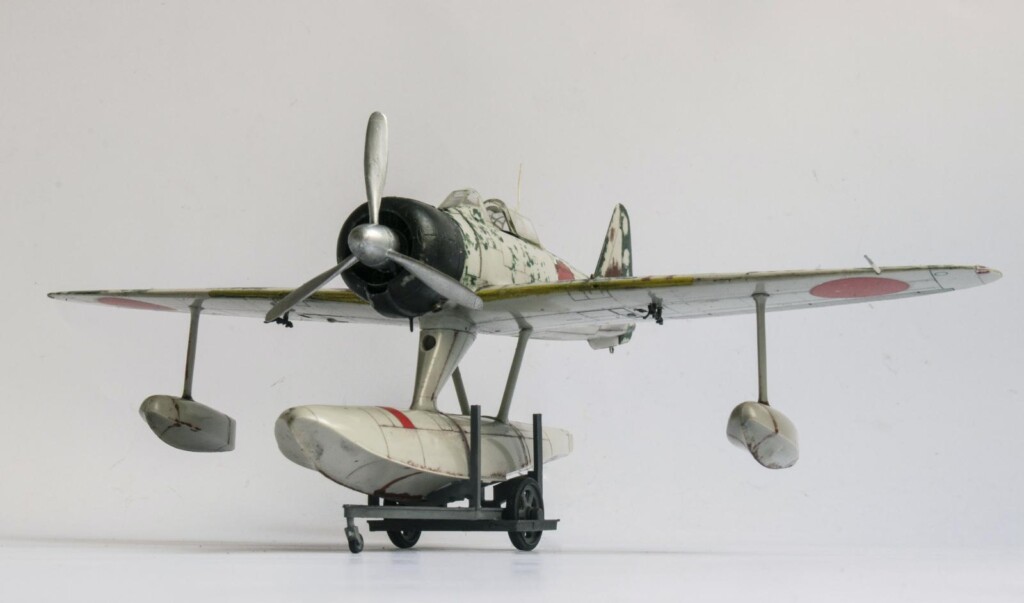
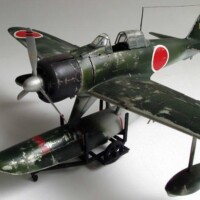
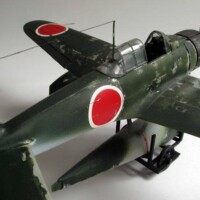
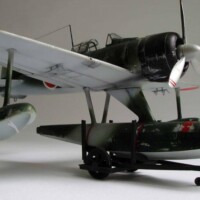
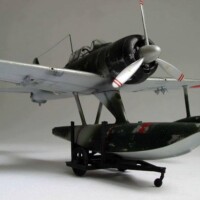
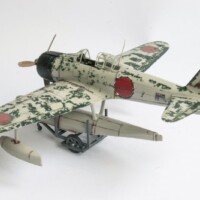
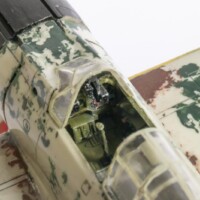
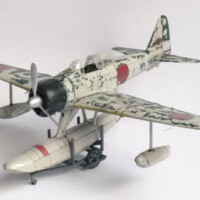

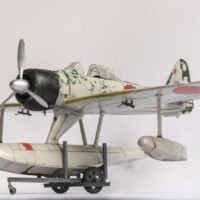
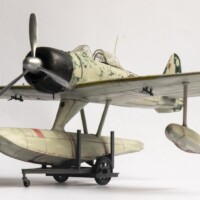
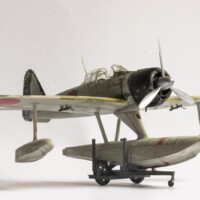
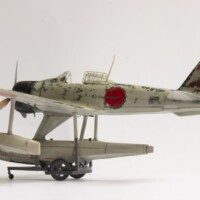
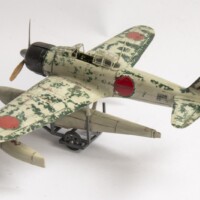
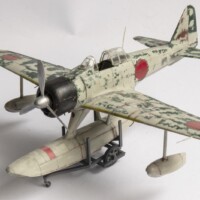
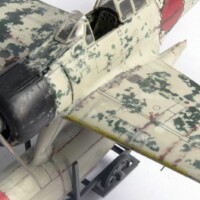
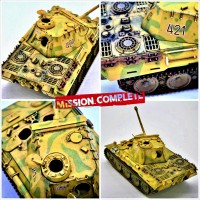
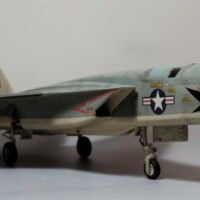

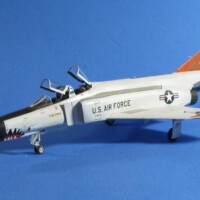
Very nice Rafi
Thank you George.
I've shied away from Japanese aircraft precisely because I don't feel ready to tackle this sort of weathering. Nice work Rafi.
Thank you Carl.
Gorgeous builds, Rafi! I love the green version.
Thank you Felix.
They are both very pleasing to the eye, Rafi, which one is more authentic is not for me to say,
Thank you George.
Both are spectacular in their own manner, Rafi! Love your weathering approach!
Thank you Spiros!
Amazing result on both Rufes, Rafi @blackmopane
The paint work and weathering on both is spectacular.
Thank you John!
Both Rufes look great Rafi. I tried my hand at weathering a Hasegawa 1/32 A6M7 and I think I went overboard with it, but I have seen historic photos of some pretty heavily weathered and chipped up Zeros. I'll have to man up and post it soon, it's one of my builds from about 8 to 10 years ago. Keep the beautiful work coming my friend.
Thank you Clint.
My overall impression from photographs is that severe weathering on Japanese aircraft was not abundant probably because they had short service life.
Both beauties, even if not entirely "accurate." Who's to say...? Well done!
Thank you Greg!
Great results on both models. I suppose the weathering varied greatly depending on age, operating conditions, and quality of the paint applied.
Thank you Chas!
Rafi, I greatly appreciate the 'eye', work, and skill you've displayed in these two models. One problem with Japanese weathering issues is that we can seldom distinguish photos of aircraft actually in service during the war from those of long abandoned aircraft on the various reconquered islands and territories, or on Japanese soil several months after the war. In other words, those aircraft showing normal wear and tear as ameliorated by ground crew to the best of their abilities and materials at hand, and those left in neglect without any care at all. I am concerned that many modelers are too attracted by the artistic opportunities provided by neglect rather than the boring reality of the daily wear of the pilots' and ground crews' climbing on specific wing root and wing and fuselage areas and doing ordinary maintenance. I also notice two things: that some Japanese aircraft always show wear down to the metal on certain panels while adjacent panels show minimum wear or no wear at all, having nothing obvious to do with maintenance or access, and that most exposed metal on Japanese aircraft lacks shine, to the extent that it is difficult to distinguish bare metal from light paint colors, camo or primer, unless sunlight or hanger lights provide just the right angle for glare. All this palaver is just my opinion, of course. Your models are excellent from the points of construction, painting, and weathering, all other matters aside.
Thank you for your comment Christopher.
It is fairly easy to distinguish between operational and abandoned aircraft in photographs just by looking at the position and state of the aircraft in the photo. However, the problem is the low quality of photos that do not show the subtle weathering patterns.
Given the appearance of bare metal without paint erosion I show here two models to demonstrate the difference.
Nice job Rafi 👍👍
Thank you Tarantino.